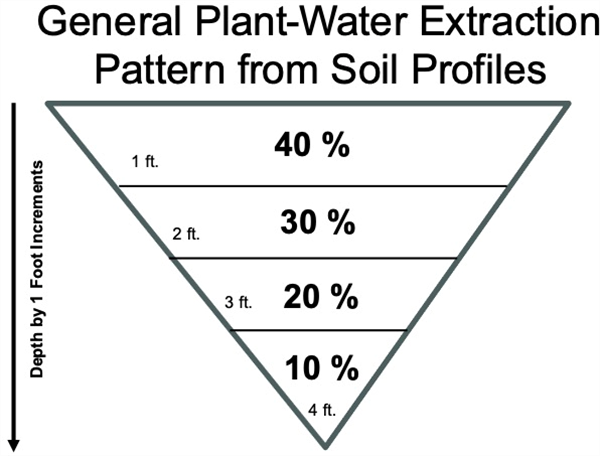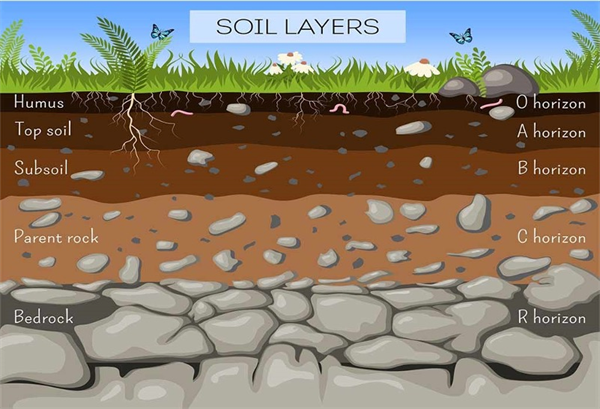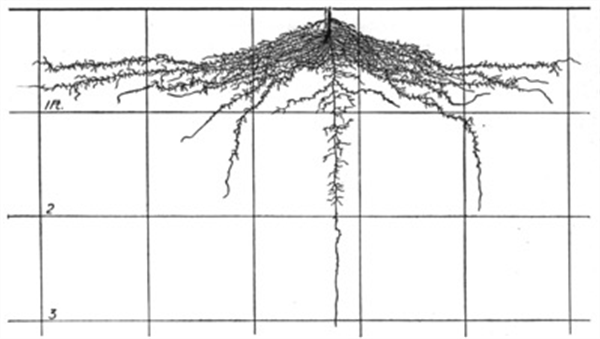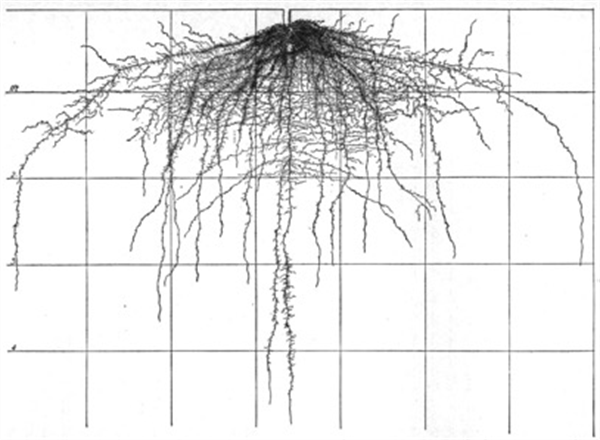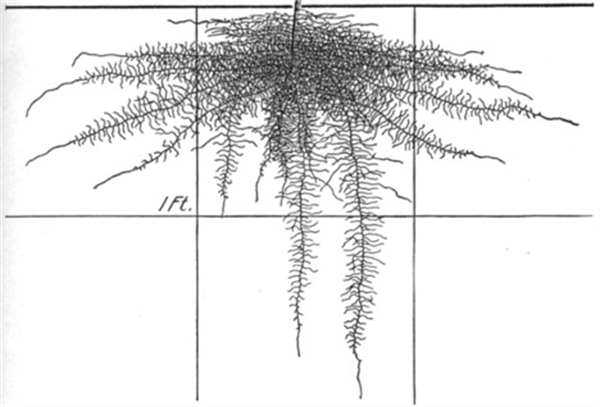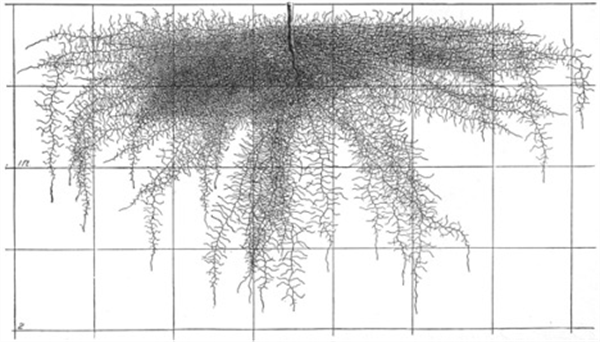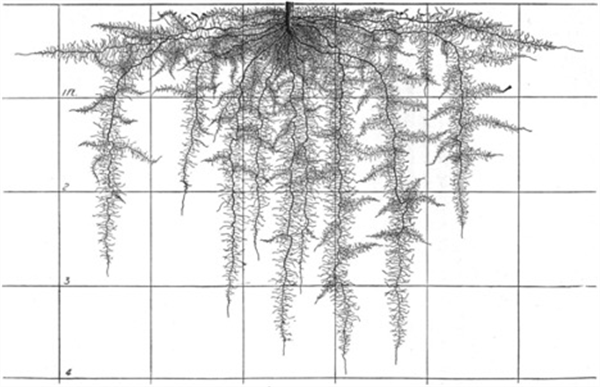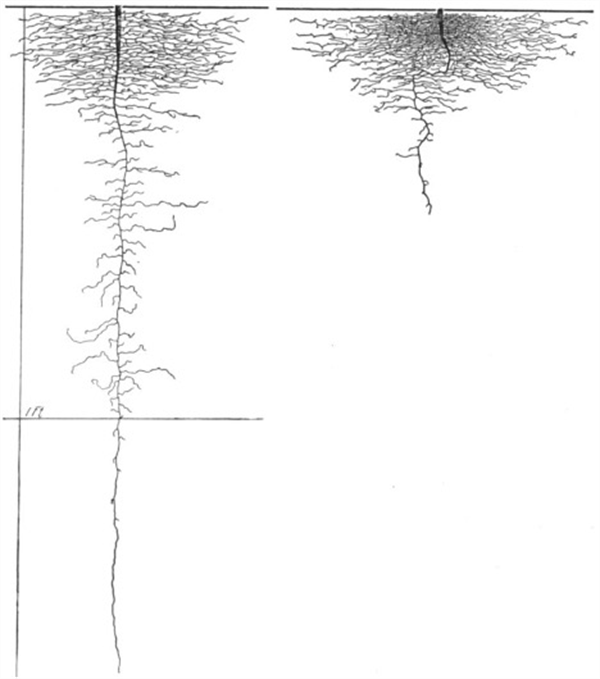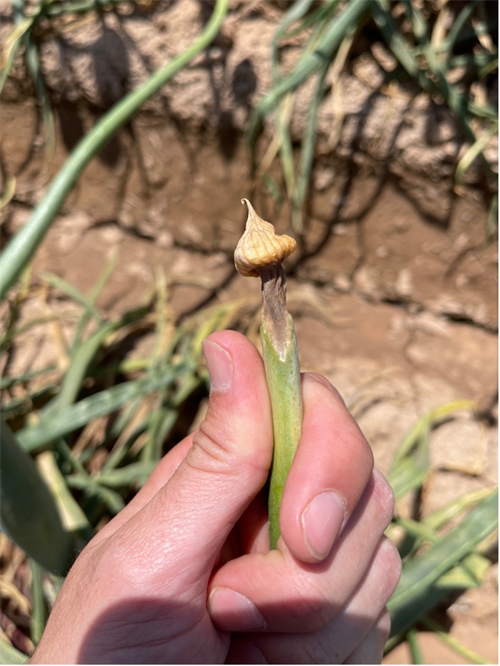-
Nov 16, 2022Don’t Let the Cool Weather Fool You
Pest pressure in desert produce has begun to subside, but don’t become complacent. Although the local weather forecast calls for below average temperatures for the next 10 days, conditions are still within the biological range of most of our fall pests. And it’s quickly becoming ideal for aphids. Below are some thoughts on the status of local pest pressure based on field sampling, trap counts and PCA reports.
Beet armyworm: Populations have been down for a couple of weeks, and spray intervals have lengthened. This isn’t surprising given the cooler temperatures we’ve experienced in the past 2 weeks. But be careful, they are still out there. Nighttime temperatures are still good for moth flights and oviposition.
Cabbage loopers: were by far the most abundant Lepidopterous pest I saw this fall, but their numbers have dropped in the past 2 weeks. Be cautious though, they could surprise you, especially on produce approaching harvest. Similarly, don’t relax with Corn earworms. Although trap captures have been down the last 2-3 weeks, there have been a few problematic reports of larvae in head lettuce. As you know, it only takes a couple of these guys at harvest to ruin your day. (See Corn Earworm on Desert Produce for more information).
Diamondback moth: trap counts have been below average for most of the fall season, but we’re seeing an abundance of larvae on the Ag Center and have had reports from PCAs treating for larvae in both direct-seeded broccoli and transplanted cabbage and cauliflower. However, no reports of difficulty with control, and all the industry standard insecticides (e.g., Radiant, Coragen, Minecto Pro, Harvanta, Proclaim) have performed well in broccoli efficacy trials at YAC this fall. Remember, larvae hatch on outer leaves but quickly migrate to the growing point. Larvae also develop quicker and moths are more active than armyworm, looper or earworms in cooler weather (see 2022 Guidelines for DBM Management in Desert Cole Crops for more information).
Thrips/INSV: In late October, we were seeing western flower thrips populations building on romaine at YAC, but areawide traps in lettuce, melons and alfalfa showed adult movement has decreased in the past 2 weeks. This is likely in response to cooler weather. Because of INSV has moved into the desert again on coastal transplants, it is advised that PCAs keep thrips populations suppressed as much as possible in early fields (particularly on or near transplanted lettuce originating from Salinas). Since we’re beginning to detect INSV in adjacent direct-seeded fields, it might be worth making an extra spray just to prevent secondary spread to adjacent fields. Also, stress to your growers to disc under recently harvested lettuce/spinach fields ASAP. Remember the key to thrips control is to maintain larval populations at low levels. The cryptic or thigmotactic behavior of thrips often makes them difficult to find on lettuce plants. So, when scouting if you find a few, there are probably a lot more that you don’t see within the plant. For more information, please go to this link: Thrips and INSV Management in Desert Lettuce
Aphids: Reports of aphids beginning to colonize broccoli and lettuce are starting to come in, consistent with winds blowing in from the N-NW. Accordingly, we’re beginning to pick up green peach aphids on our sticky traps, particularly in the N. Gila and N. Yuma Valleys. However, they showed up later than normal, and we’re seeing lower numbers on the traps than we normally do this time of the year. Given the predicted La Nina weather pattern this winter, we could potentially see lighter aphid pressure this season. But that depends……. Remember, aphids are cool season pests on our produce crops and are most problematic when average temperatures fluctuate around 70° F. Stay vigilant, proper ID is important for the selection of the most cost-effective insecticide. Like thrips, it’s best to “nip aphid colonization in the bud”.
Bob Dylan reminded us in song that “you don’t need a weatherman to tell you which way the wind is blowing”
Green peach aphids beginning to show up on desert Cole crops and lettuce.
To contact John Palumbo go to: jpalumbo@ag.Arizona.edu



